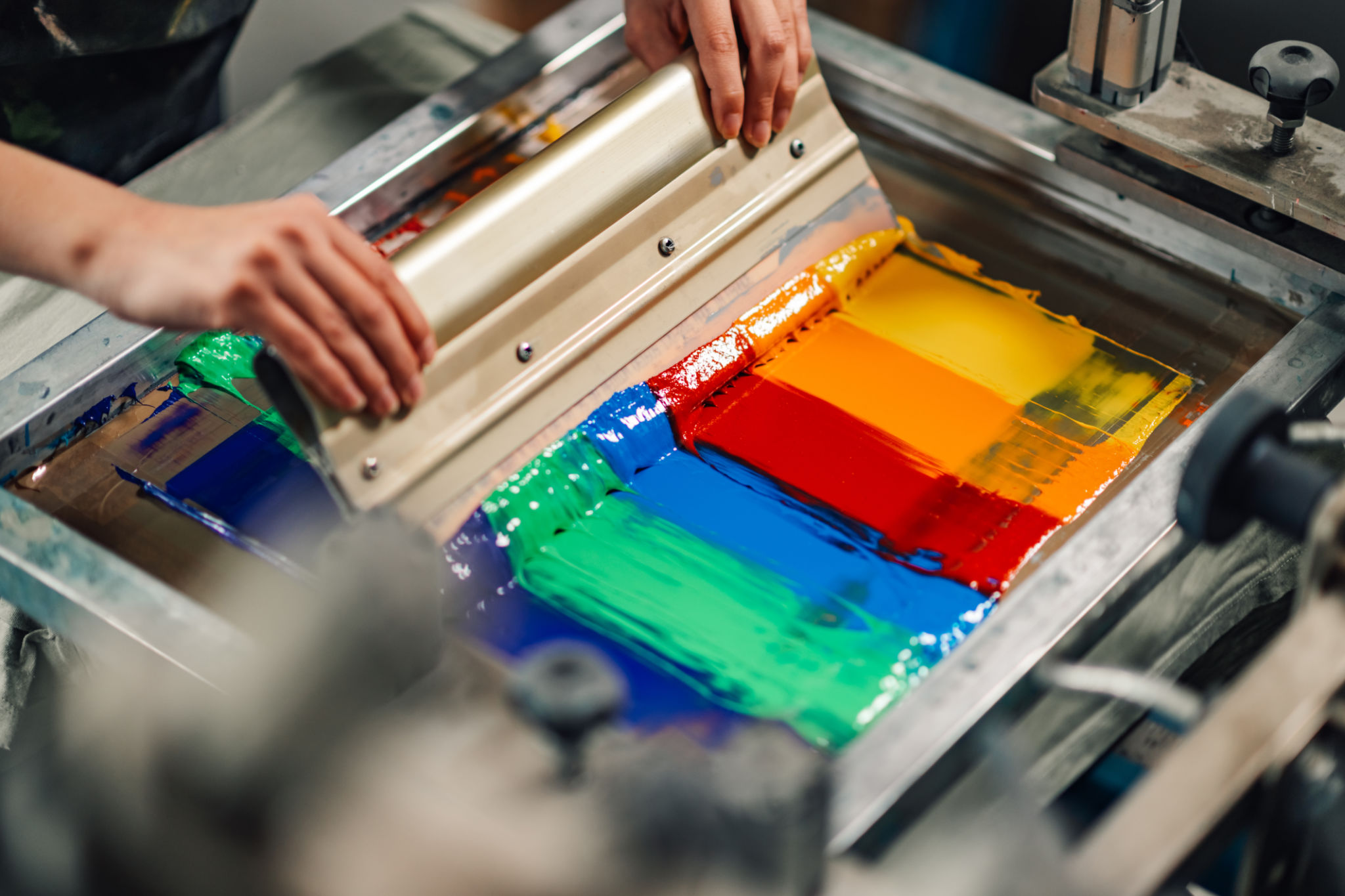Embroidery vs. Screen Printing: Which Decoration Method is Best for Your Brand?
Understanding Embroidery and Screen Printing
When it comes to decorating apparel with your brand's logo or message, two popular methods stand out: embroidery and screen printing. Both techniques have their unique advantages and can make your brand look professional and appealing. However, choosing the right method depends on various factors such as the type of fabric, design complexity, and budget. Let's explore the differences between these two decoration methods to help you make an informed decision.

What is Embroidery?
Embroidery involves stitching a design onto fabric using threads. It's a timeless technique that provides a textured and high-end look, making it ideal for corporate wear, uniforms, and high-quality merchandise. Embroidery is known for its durability, as the thread does not easily fade or peel off, even after multiple washes.
This method is particularly suitable for small designs, such as logos or monograms, and works best on thicker fabrics like polos, jackets, and caps. While embroidery may have a higher initial cost due to its setup process, it often pays off with its longevity and sophisticated appearance.
Advantages of Screen Printing
Screen printing, on the other hand, involves applying ink directly onto the fabric through a mesh screen. This method is highly versatile and can be used on a wide range of materials including cotton, polyester, and blends. It's especially effective for larger designs or graphics with vibrant colors.
One of the main benefits of screen printing is its cost-effectiveness for bulk orders. The more items you print, the lower the cost per unit. Additionally, screen printing can accommodate intricate designs with multiple colors, making it a favorite choice for promotional t-shirts and event merchandise.

Factors to Consider When Choosing a Method
When deciding between embroidery and screen printing, consider the following factors:
- Budget: Embroidery might be more expensive per piece but offers durability. Screen printing is generally cheaper for large quantities.
- Fabric Type: Thicker fabrics are better suited for embroidery, while screen printing can be used on a variety of materials.
- Design Complexity: Intricate designs with many colors may be better suited to screen printing.
- Intended Use: For corporate or high-end apparel, embroidery offers a sophisticated look. For casual or promotional items, screen printing is often preferred.
Environmental Impact
As sustainability becomes increasingly important, it's worth considering the environmental impact of your decoration method. Screen printing traditionally uses plastisol inks that contain PVC and phthalates, which can be harmful to the environment. However, many companies now offer eco-friendly options such as water-based inks.
Embroidery is generally considered to be more environmentally friendly since it uses less harmful materials in its process. The choice between these methods should take into account your brand’s commitment to sustainability.

Conclusion: Which Method is Right for Your Brand?
The choice between embroidery and screen printing ultimately depends on your specific needs and objectives. If you're aiming for a durable, high-quality look on thicker materials, embroidery may be your best bet. For vibrant, detailed designs on a variety of fabrics, screen printing could be the way to go.
Consider the factors discussed above to make an informed decision that aligns with your brand identity and budget. Regardless of your choice, both techniques offer excellent ways to showcase your brand creatively and effectively.
